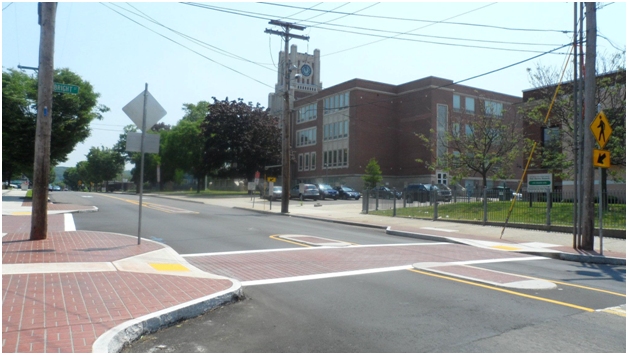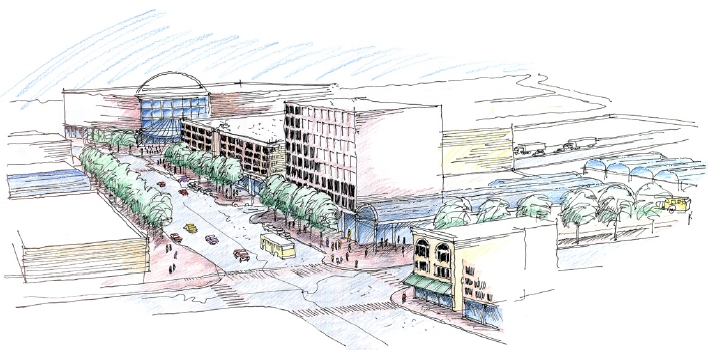Transportation is responsible for more than a quarter of the country’s greenhouse gas emissions. So what does the new federal transportation bill — Moving Ahead for Progress in the 21st Century (MAP-21) – mean for Connecticut’s environment?
Unfortunately (and despite the name), MAP-21 doesn’t do much to move our transportation network in a more sustainable direction. Here are three things to know about the law that are particularly important to Connecticut:
Less accountability, flat funding. MAP-21 gives states more of a blank check, curtailing the environmental review process and making it easier to build wasteful road expansions.
But it also keeps transportation spending at roughly current levels. This means that a financially constrained ConnDOT must stay focused on the fundamentals: Repair and maintenance of existing roads and bridges, public transportation, and low-cost, high-value investments in pedestrian and bike safety.

Image: CT Safe Routes to School
A smaller, more locally focused bike/pedestrian program. Unfortunately, MAP-21 also shrinks the tiny sliver of federal funds dedicated to projects like sidewalks, bike lanes, streetscape improvements, and trails. It even allows the state to transfer half of this “dedicated” funding away for other uses. The state should keep that funding where it is, and step up its commitment to pedestrian safety, which ConnDOT Commissioner Redeker said was a priority earlier this year.
If there’s a silver lining, it’s that almost half of bike/ped money will go to the state’s metropolitan planning organizations (like the Capitol Region Council of Governments), who will run competitive grant programs within their jurisdictions. Pedestrian and bicycle projects are very popular among local leaders, who often most directly understand their safety and economic development benefits.
An opportunity for TOD. A new program in MAP-21 will offer $10 million in planning grants for municipalities that want to build around their transit stations (a.k.a. “transit-oriented development”). The catch? Only towns benefiting from a project funded through the federal New Starts program can apply. Good thing Connecticut has one – the CTfastrak bus rapid transit system.

Image: Concept for TOD in New Britain from CRCOG
MAP-21 may have passed, but the need for strong advocacy around the law hasn’t. That’s why the Tri-State Transportation Campaign and our partners will continue to watchdog ConnDOT as it works on implementing the law.
Today’s guest post is by Steven Higashide, senior planner for the Tri-State Transportation Campaign
